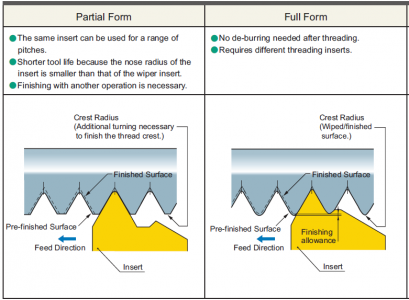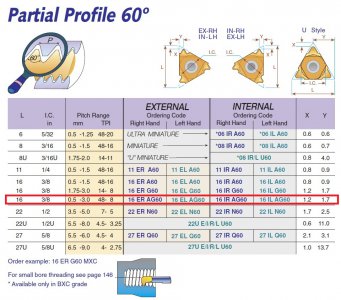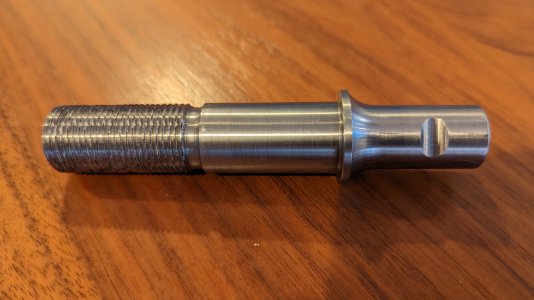I routinely use carbide AG60 insert using the cross slide and get perfectly good threads, you also indicated that that the threads were worse with HSS, so I think it is a mechanical/technique issue. That being said, you may have initially been running the speed/SFM too slow, I would thread at least at 120 RPM, you indicated 180 RPM which should work well in most materials. The tear out seems to be at the tips. which leads me to suspect that your major thread OD you started out with is too big and you are exceeding the depth of the cutter as well as threading too deep for the TPI. The crests get torn off if you try to reduce the major diameter with threading, the somewhat periodic tearing may also indicate some rigidity or oscillation effect. I tend to start out threading in 0.01" depth increment passes, and tapper down the last 2-3 passes and only take one spring cut where I advance the last pass 0.001". I would also use a flat file to knock down the crests. The total depth of thread for a 16 TPI is indicated as ~0.038" so you have exceeding the thread depth by about 3X and just pushing the metal back and forth on the crests toward the end, thus the tear out. Since you are using a partial thread insert you do need to thread a bit deeper, so I would expect a total cutting depth in the 0.06-0.07" range. Try to start with a material diameter of 0.740-0.745". You should be using cutting oil (apply to the threads with a brush or oil can), clean the threads periodically with a metal bristle brush and knock down the crest with a file with the last 2-3 passes. Also your cutting tip height may be incorrect.
I have Mitsubishi AG60 threading inserts, but if from eBay the are probably knock offs. I have been using the same the Carmex AG60 BMA coated threading insert for years, done hundreds of threads and have had no issues cutting fine threads and as well deep as 11 TPI threads. Below is a 1" - 14 TPI thread (both external and internal) I just did the other day in 1045 steel. The external cutter depth was ~0.094" for this 14 TPI, but that also depends on the starting material OD.
View attachment 456697





